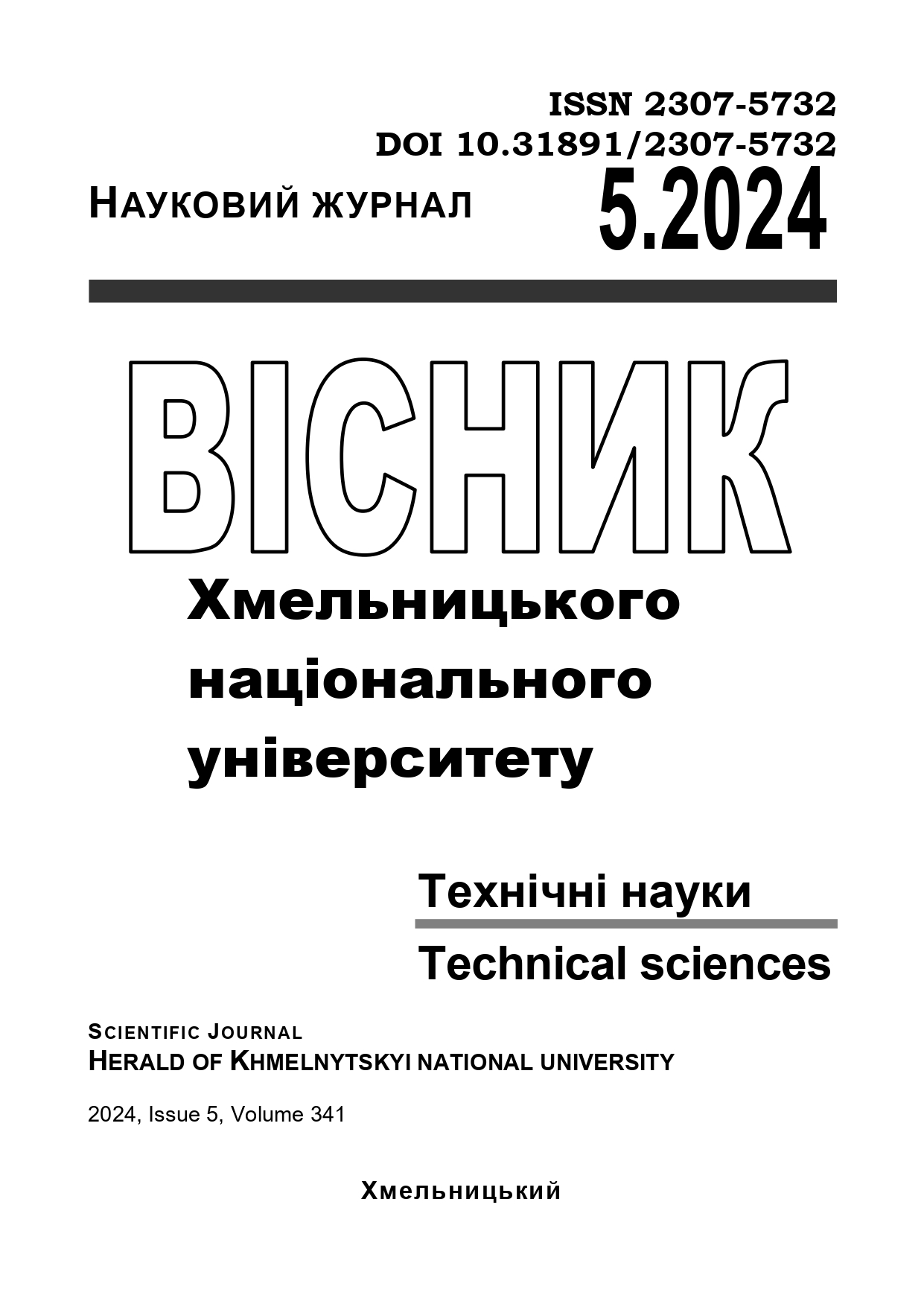RESEARCH OF HALLOYSITE AS A NANOCARRIER FOR PHOTOPROTECTION OF ACTIVE PHARMACEUTICAL INGREDIENTS IN TABLETS
DOI:
https://doi.org/10.31891/2307-5732-2024-341-5-70Keywords:
halloysite nanotubes, active pharmaceutical ingredients, photostability, tablets, physical and mechanical propertiesAbstract
The paper presents the results of research into composite tablets based on halloysite nanotubes. It is shown that according to the determination of Repose Angle, Gaussner coefficients and Carr’s index, halloysite has similar fluidity properties to microcrystalline cellulose, which allows it to be used for the development of formulations of tablet forms of medicines. Tablets are made based on halloysite, microcrystalline cellulose, croscarmellose sodium, magnesium stearate and colloidal silicon dioxide. Such standardized parameters as disintegration time, hardness, brittleness, friability and tensile strength of tablets, which fully meet pharmaceutical standards to produce tablet forms of drugs, were studied. The photostability of moxifloxacin hydrochloride encapsulated in halloysite as part of the developed composite tablet was studied. Testing for the photostability of moxifloxacin hydrochloride was carried out by irradiating composite tablets with halloysite-encapsulated pharmaceutical ingredients with light in the visible and ultraviolet ranges. Determination of the change in the effective concentration of moxifloxacin hydrochloride was carried out in model solutions at pH 1.2(0.1 M HCl solution), 4.5 (acetate buffer) and 6.8 (phosphate buffer) by liquid chromatography. It was found that after photostability testing, the effective concentration of moxifloxacin hydrochloride decreased by no more than 3%, which indicates the feasibility of using halloysite as an effective nanocarrier for protection against photodegradation of active pharmaceutical ingredients.

